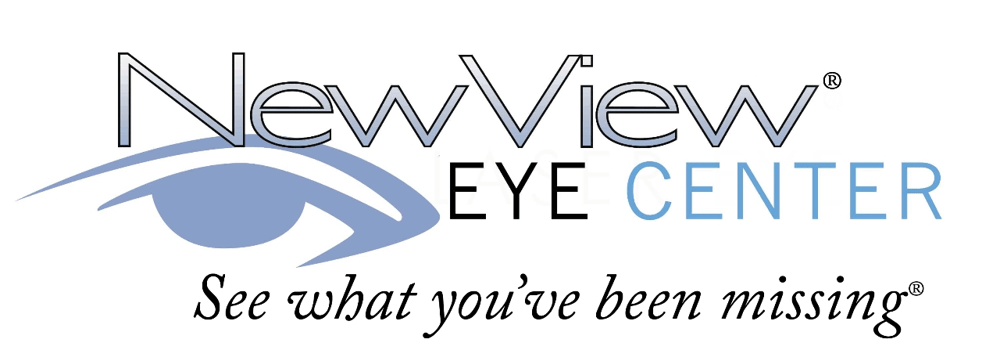Ptosis
Sagging or drooping of the upper eyelids is called Ptosis (toe sis). The sags and droops are usually a natural result of the aging process. However, certain disease states such as diabetes and high blood pressure can affect the blood or nerve supply to the eye muscles and cause the nerves around the eyes to degenerate. Another less-common cause is nerve damage following eye surgery. Congenital ptosis is an eyelid problem present at birth. Regardless of the cause, the face, and especially the eyes, are considered key to a person’s appearance. The desire to correct the lack of muscle tone around the eyes is very common.
Symptoms
Ptosis can affect vision regardless of age or cause of the condition. The drooping eyelid may partially or completely cover the pupil resulting in blurry or double vision. In worst cases, it can totally restrict vision.
Treatment
Treatments for ptosis vary depending upon the cause.
Congenital ptosis will require early and aggressive treatment to prevent permanent damage. An infant’s brain will quickly “turn off” the nerves leading to an unused eye and teach the brain to use only the good eye. Even if vision is only partially blocked, the resulting double or blurry vision is an annoyance and the brain will learn that one clear eye is better than two blurry ones. Surgery to strengthen the muscles of the eyelid may be performed or corrective eyewear used to strengthen the unused eye may be prescribed.
Adult ptosis will require a thorough ophthalmic exam. If ptosis is a result of an underlying disease state then that condition must be addressed as well.
The ophthalmologist will first take pictures of your eyes and probably ask for pictures of you taken before the eyelids began to droop. A thorough history and physical to determine health status before the surgery will be taken. The exact cause of the drooping eyelids (ptosis) will need to be determined. Sometimes only the muscles need to be repaired and at other times other procedures may be necessary and will be discussed with you.
Certain conditions can make the procedure more risky, such as thyroid disease, dry eye syndrome, diabetes, heart disease including high blood pressure and certainly any eye disorders.
The surgery is usually performed on an outpatient basis using local anesthesia. The healing time is approximately 4 to 6 weeks.
